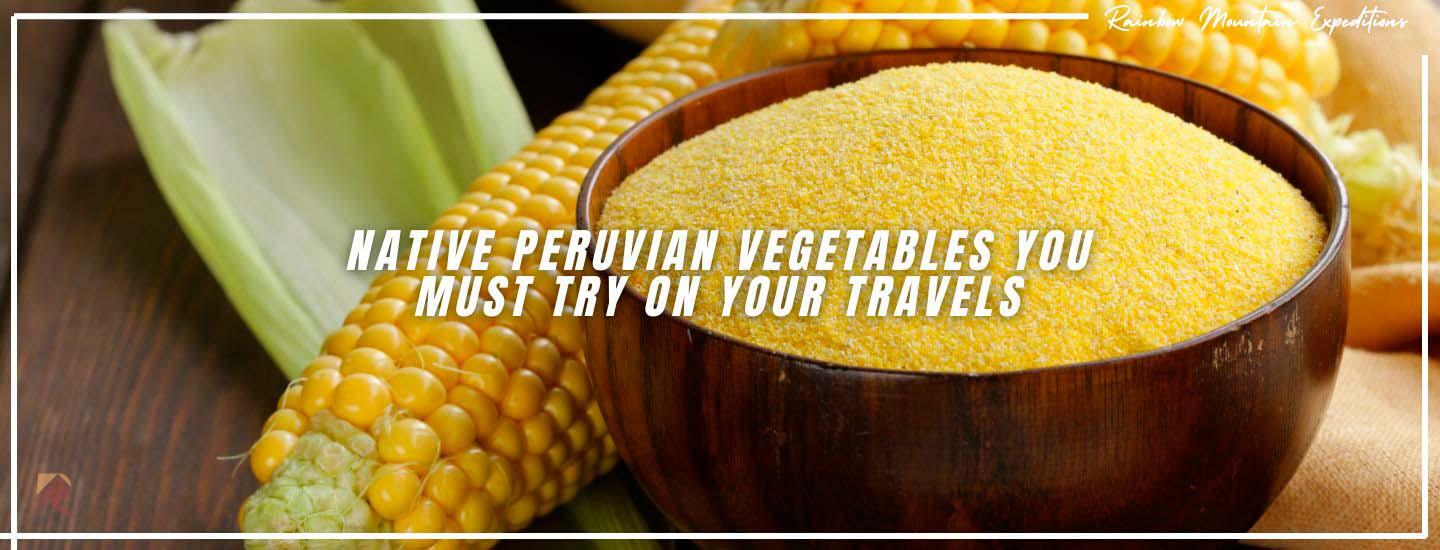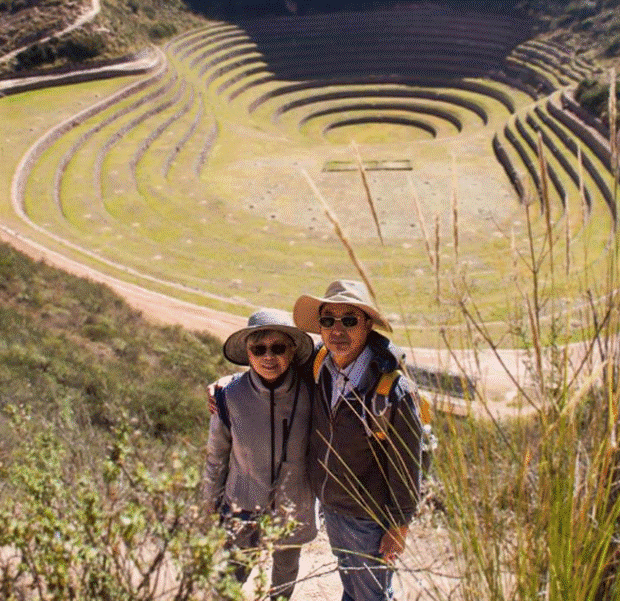3 Native Peruvian Vegetables You Must Try On Your Travels
Peru is an exceptional gastronomic destination, boasting a vast variety of native vegetables that have been fundamental to Andean culture for centuries. After exploring Machu Picchu or any other destination of your choice, there’s no better way to complete your experience than by tasting the indigenous ingredients that once sustained the Inca civilization. Here are some of the most important native Peruvian vegetables you should know about and try when visiting any part of Peru.
1. Andean Tubers
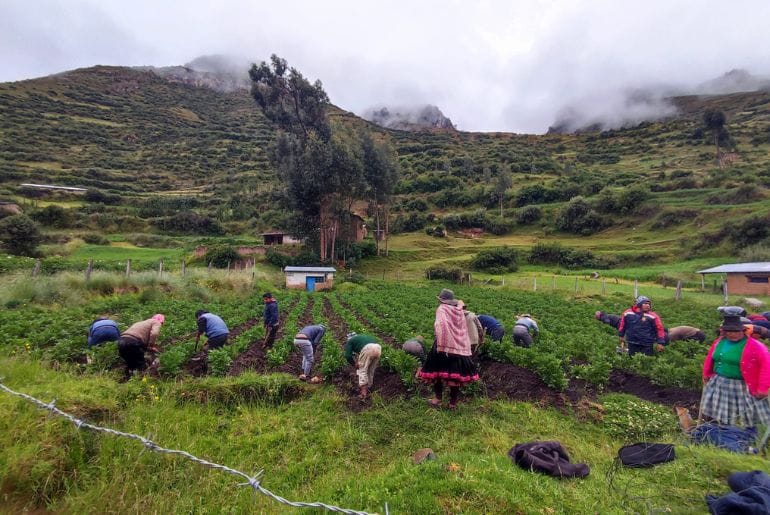
- Potato (Solanum tuberosum): With over 4,000 varieties, potatoes were an essential food for the Incas. They preserved them as chuño, a dehydrated version that lasts for years.
- Oca (Oxalis tuberosa): Slightly sweet and tangy, its sweetness intensifies after drying. It’s typically baked or used in stews.
- Yacón (Smallanthus sonchifolius): A juicy tuber, similar in shape to a potato but naturally sweet. It’s enjoyed fresh without the need for cooking.
- Lisas: A lesser-known Andean tuber, cultivated at high altitudes and traditionally used in soups.
2. Grains and Legumes
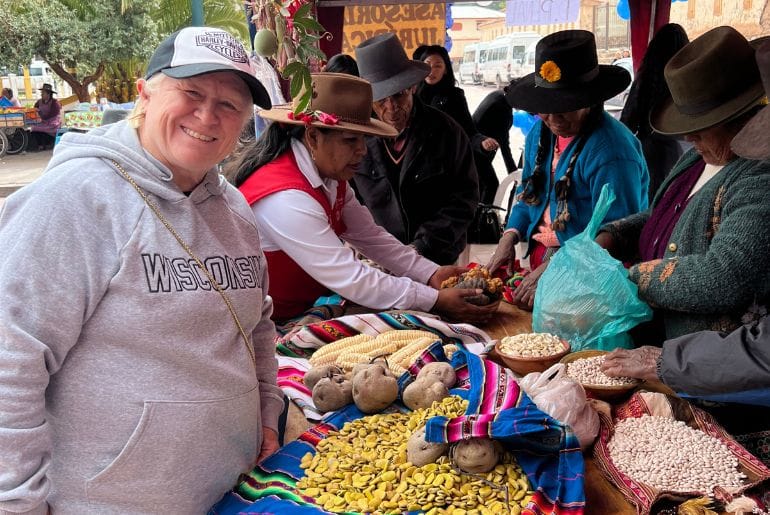
- Quinoa (Chenopodium quinoa): Known as the “mother grain” by the Incas, quinoa is highly nutritious and used in soups, stews, and drinks like mate de quinua.
- Kiwicha (Amaranthus caudatus): Similar in size and shape to quinoa, but with a more pleasant flavor. It is commonly consumed in mates or traditional chichas.
- Tarwi (Lupinus mutabilis): A protein-rich legume that requires soaking before consumption to remove bitterness. It is often used in stews and salads.
- Corn (Zea mays): Known in Cusco as choclo, this variety of corn has large, starchy kernels and is commonly eaten with cheese or used in traditional dishes like humintas or tamales.
3. Traditional Spices and Herbs
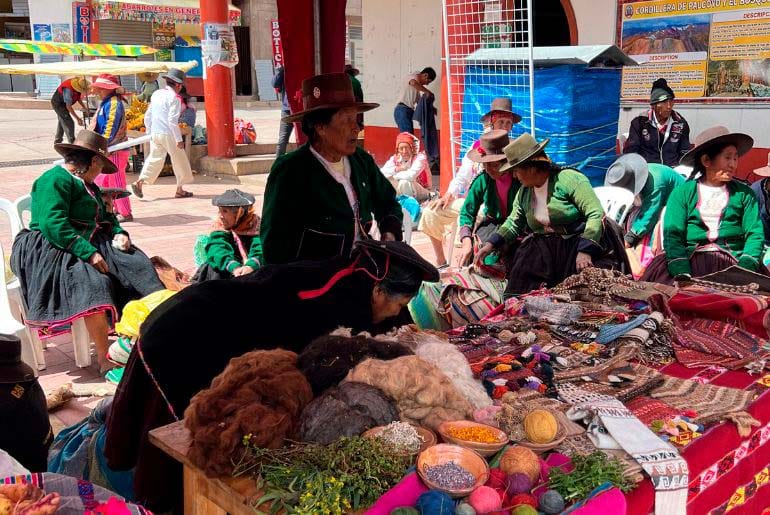
- Ají amarillo (Capsicum baccatum): A staple in Peruvian cuisine, it has a slightly spicy yet flavorful profile.
- Huacatay (Tagetes minuta): A fragrant herb with a flavor reminiscent of cilantro and mint, often used in sauces and stews.
4. Traditional Dishes with Native Peruvian Vegetables
Incan cuisine was based on the efficient use of native ingredients, utilizing techniques such as steaming, fermentation, and dehydration to preserve food. Today, these same vegetables continue to be essential in Peruvian gastronomy.
4.1 Incan Gastronomy
The Incas did not use oil or foreign spices, which allowed the natural flavors of Andean vegetables to stand out. Cooking methods such as pachamanca and huatia—underground baking techniques—were commonly used, as well as boiling tubers or drying them for long-term storage.
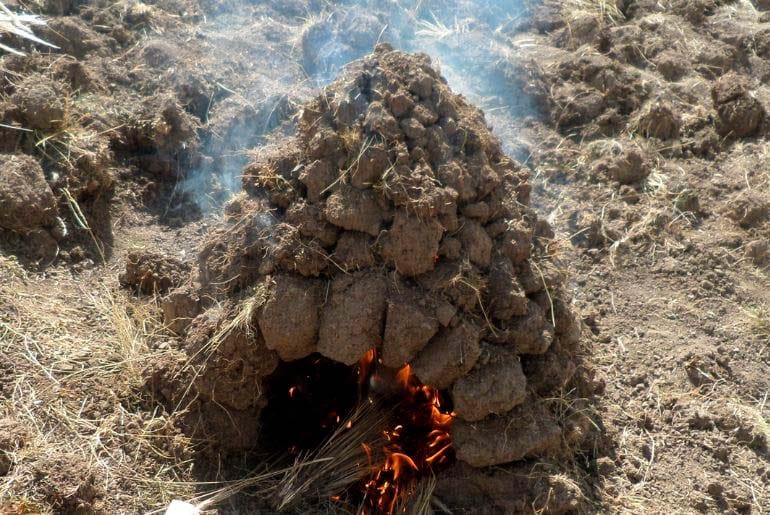
Soups and Broths
- Quinoa Chupi: A nourishing soup made with quinoa cooked in water or llama broth, complemented with Andean herbs like muña. Some variations include chuño or boiled potatoes.
- Corn Cream Soup: A thick soup made from ground fresh corn, boiled with water, ají amarillo, and huacatay. It was traditionally served hot and consumed by agricultural workers for energy.
- Chuño Cream Soup: A hearty dish prepared with soaked and cooked chuño (dehydrated potato), simmered with water or meat broth. It is seasoned with huacatay until it reaches a thick, creamy consistency.
- Lisas Soup: An ancestral dish made with lisas, a high-altitude Andean tuber, cooked into a rich and flavorful broth.
Main Dishes
- Pachamanca: A traditional underground cooking method where potatoes, mashua, oca, and corn were buried alongside llama or guinea pig meat, using hot stones for slow cooking.
- Merienda: A feast-like meal consisting of corn tortilla, fluffy quinoa, roasted guinea pig, and potatoes—what we might call today an Andean buffet.
- Ulluquito con tarwi: A hearty stew made from ulluco and tarwi, cooked together and seasoned with ají and wild herbs.
Desserts and Beverages
- Api de maíz morado: A thick, hot drink made from purple corn, naturally sweetened with honey or yacón syrup.
- Kispiño: Steamed bread rolls made from quinoa or corn flour, traditionally consumed during religious ceremonies and festivals.
- Chicha de jora: A fermented maize drink made from sprouted jora corn, used in rituals and as a daily dietary staple.
4.2 Modern Dishes Featuring Andean Ingredients
The arrival of the Spanish and the influence of globalization introduced new techniques and seasonings, allowing Andean vegetables to be incorporated into a more diverse cuisine.
Soups and Starters
- Quinoa Soup: A modern version enriched with vegetables, chicken, or beef.
- Tarwi Cream Soup: Ground tarwi cooked with milk, garlic, and cheese, creating a thick and nutritious soup.
- Oca and Mashua Salad: These tubers are boiled and mixed with onions, ají amarillo, and lemon juice.
Main Dishes
- Olluquito with Beef: A popular dish featuring julienned olluco cooked with beef and ají panca.
- Ají de Tarwi: A dish where tarwi is cooked in a creamy sauce made with ají amarillo, milk, and cheese, served with potatoes and rice.
- Corn Tamale: A dough made from ground corn mixed with lard, wrapped in corn husks, and steamed to perfection.
Desserts and Beverages
- Oca Mazamorra: Oca is boiled until it releases its natural sweetness, then thickened with corn flour and sweetened with chancaca (raw sugar cane syrup).
- Yacón Refresher: A hydrating drink made from yacón juice, lemon, and honey.
- Chicha Morada: A modern evolution of Incan chicha, prepared by boiling purple corn with pineapple, cinnamon, and cloves.
These native Peruvian vegetables have been fundamental to Andean nutrition for centuries and continue to shine in contemporary Peruvian cuisine. To experience their authentic flavors, visit local markets and try traditional recipes passed down from generation to generation.
Related posts that may interest you
- Traditional Incan Dishes You Must Try On Your Travels In Peru
- Legends and Myths of the Origin of the Inca Empire
- Traditions and Rituals of Andean Communities

